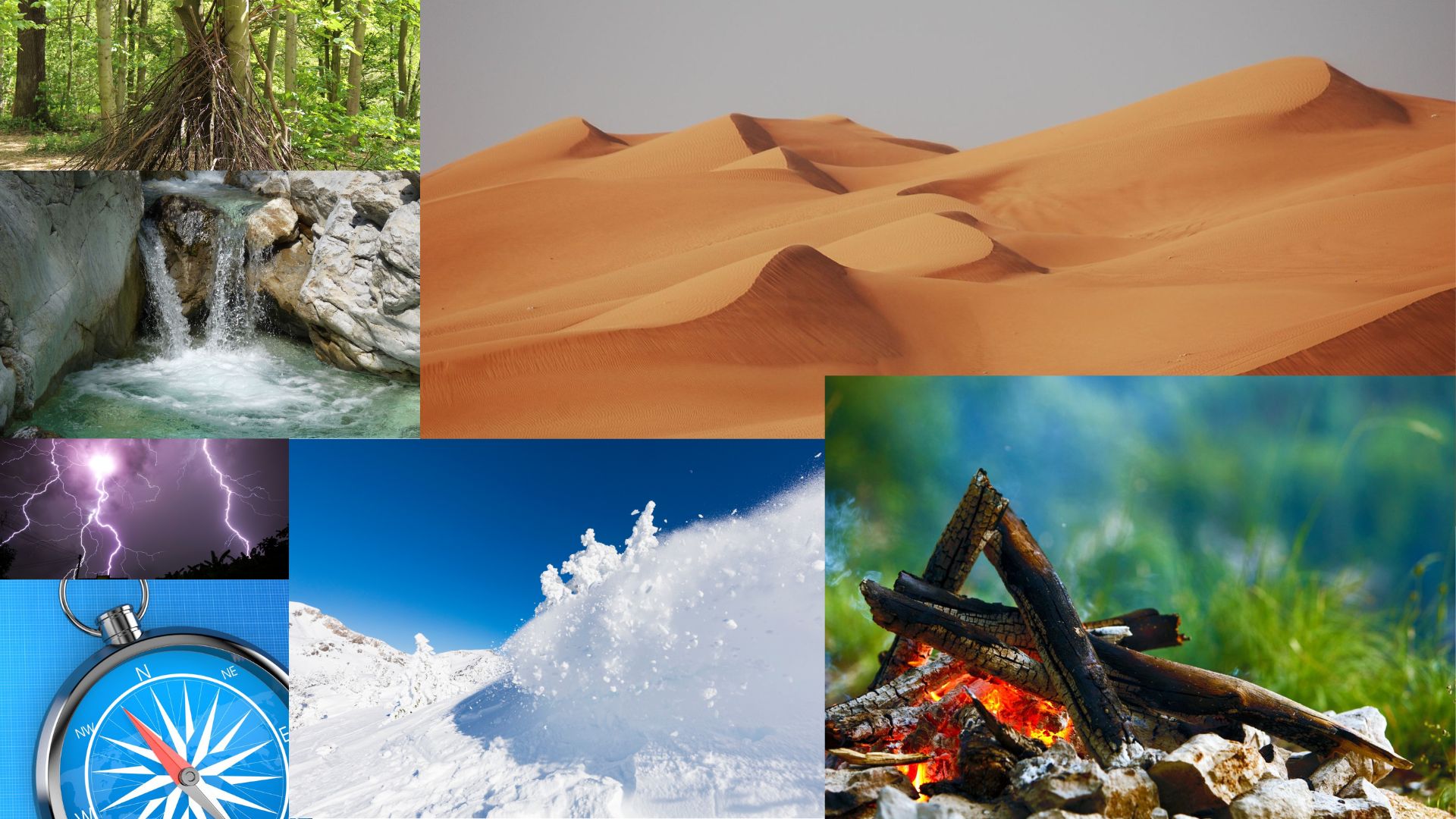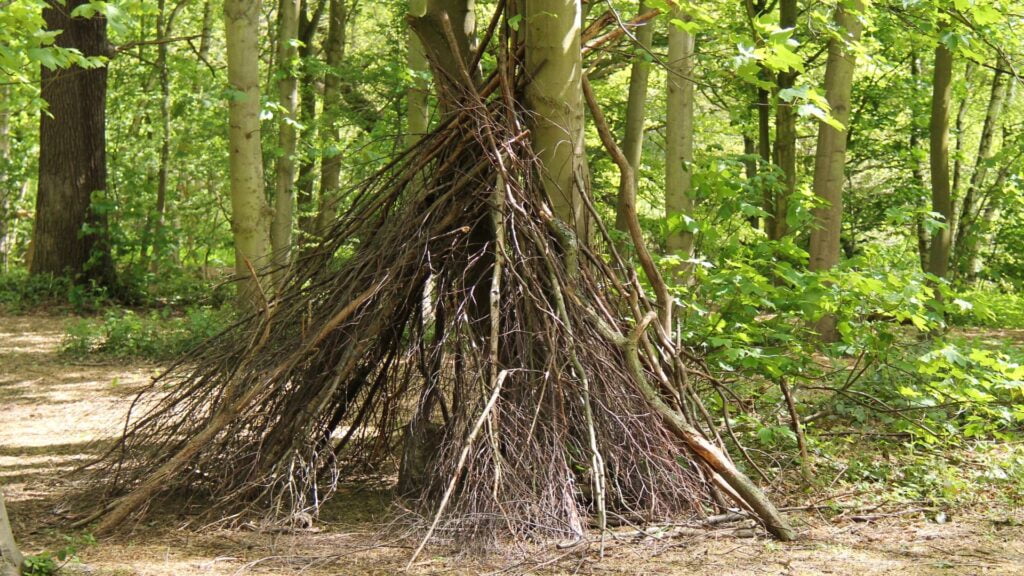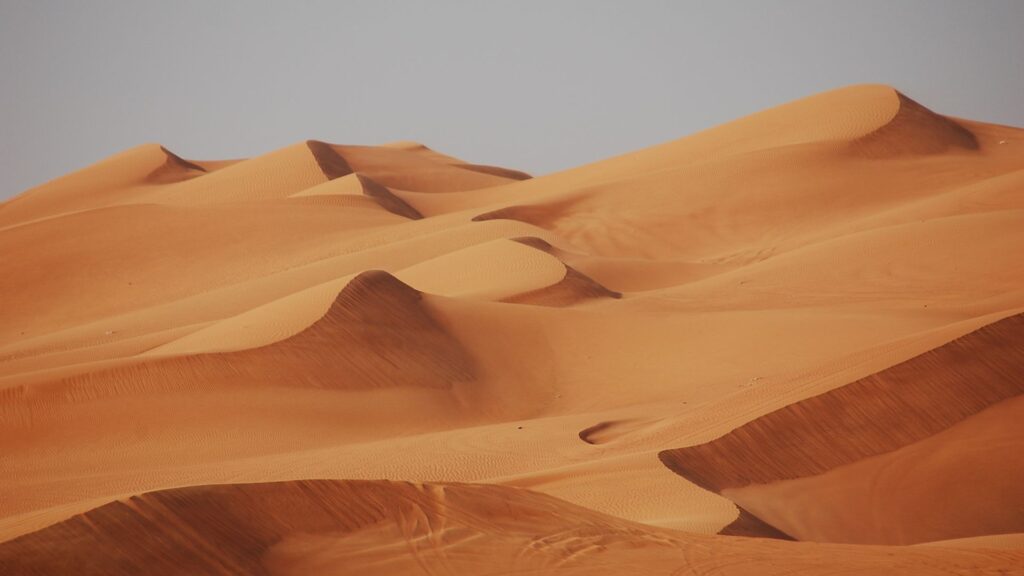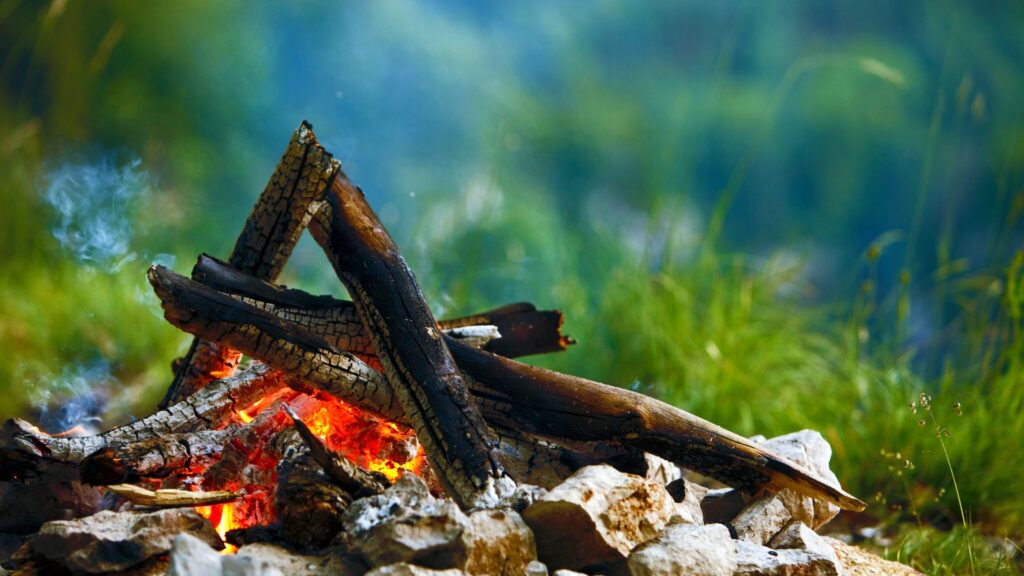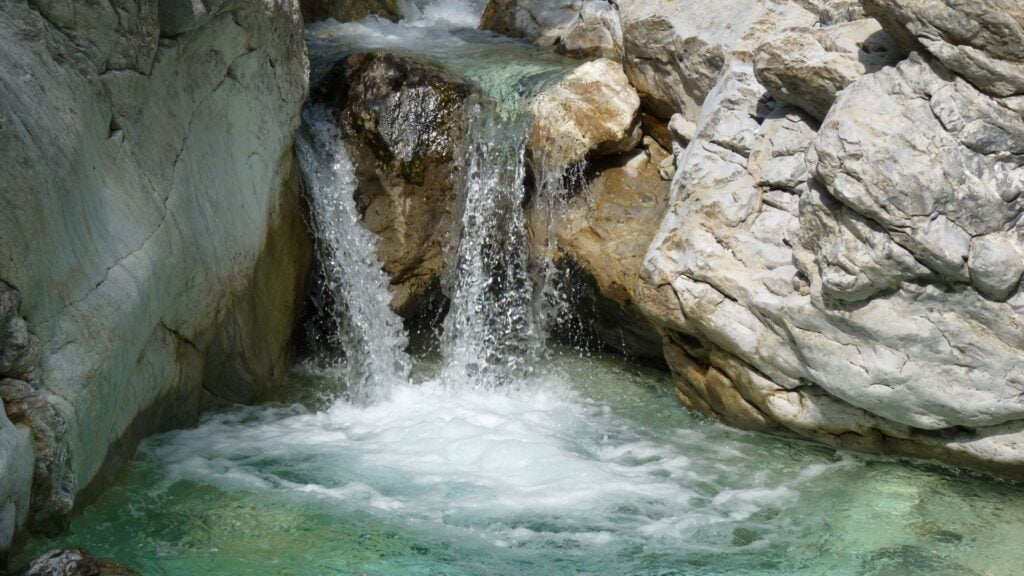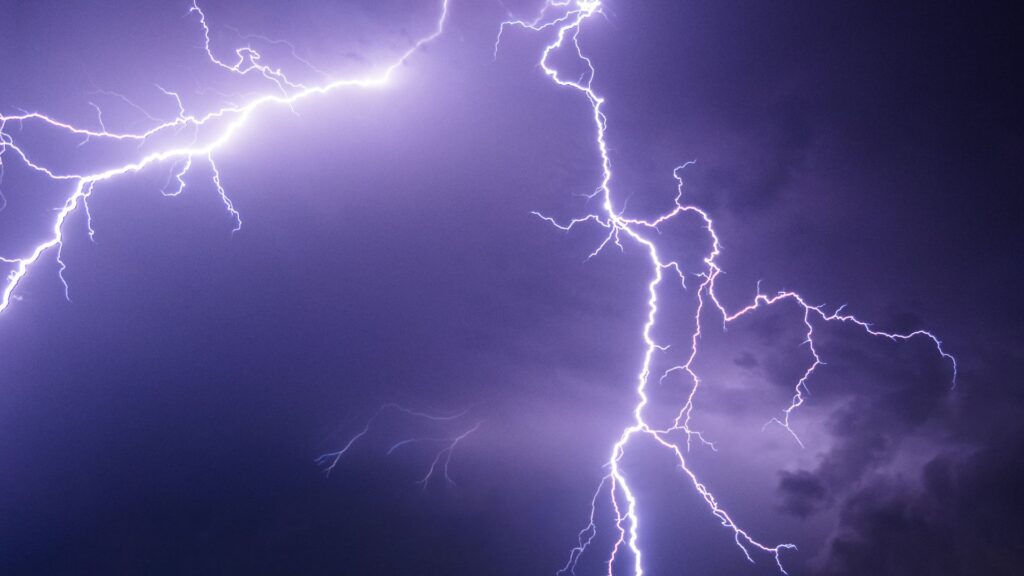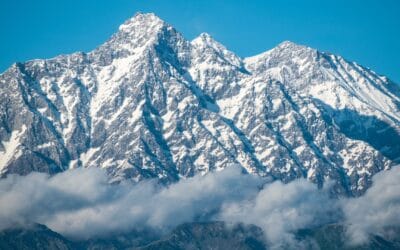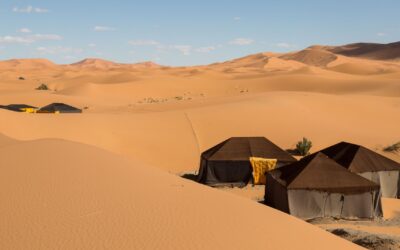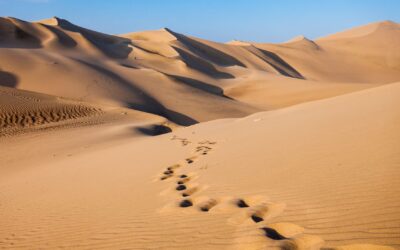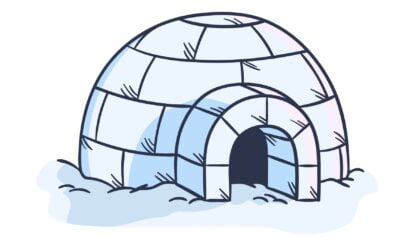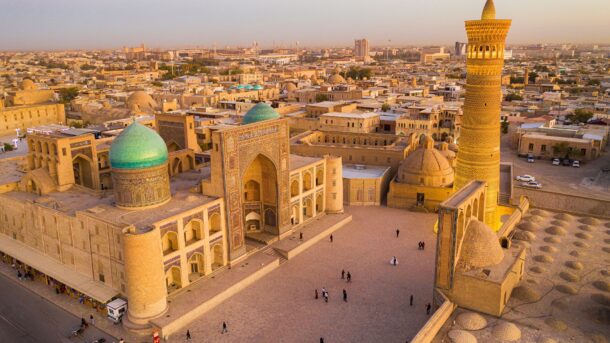Embarking on a trekking experience can be like stepping into your very own action movie – usually without the Hollywood budget. Whether you’re weaving through dense forests like a caffeine-fueled squirrel, trudging across deserts that make an AC-less apartment feel like paradise, or braving icy tundra, having a few survivals tricks up your sleeve can turn “Oh no!” moments into “I’ve got this!” victories. With this in mind, I’m going to give you a list of survival skills you might wanna know, making sure to justify their potential relevance in specific situations. Let’s dive in.
Know how to make shelters
When you’re out in the wilderness, a good shelter can mean the difference between a cozy night’s rest and a survival nightmare. Imagine the temperature plummeting as snow begins to fall, or a sudden desert storm whipping up sand and debris. Having the know-how to construct an emergency shelter can really make a difference. Your shelter can take a variety of forms, including that of an igloo, yurt, or some strange structure built of wood, rock, or sand.
Learn how to build an igloo
Why it’s important: In Arctic or snowy environments, an igloo can be a lifesaver. These ice shelters provide good insulation and protection from the biting wind, making them far more than just a snow fort. In other words, an igloo can keep you relatively warm and safe when the outside world is a frozen wasteland.
We know how to make an igloo in seven steps.
Also learn how to build a yurt
Why it’s important: Yurts are the nomadic shelters of choice for a reason. Their circular structure and durable materials make them sturdy against harsh weather conditions, while their portability allows for adaptability in various environments. Knowing how to set up a yurt can offer you a reliable home base during extended treks.
Master the art of making improvised shelters in forests
Why it’s important: The forest can be both friend and foe. While it offers materials to build with, it also presents the challenge of unpredictable weather and wildlife that does not always has the best intentions. Mastering the art of lean-tos, debris huts, and tarp shelters can sometimes keep you dry and at least relatively comfortable.
This is called a bivouac shelter
Keep in mind you can also build survival shelters in hot deserts
Why it’s important: Hot deserts are extreme environments where temperatures can swing wildly between scorching heat and freezing cold. Learning to build sand and rock shelters is one way of protecting yourself from the sun’s intense rays during the day and retains heat during the often-cold desert nights.
Here’s a guide on how to build a shelter in a hot desert.
Learn how to survive in specific environments
Different trekking environments may present unique challenges that require specific skills and knowledge. Here are some survival techniques for some of the most challenging environments you might encounter on Earth.
Learn how to enjoy a hot desert like a relaxed trekking professional
Why it’s important: Hot deserts are known for their intense heat and arid conditions. Things that you need to know include how to manage heat and dehydration, how to avoid potential hazards such as sand dunes and dry riverbeds, how to avoid become disoriented and how to find edible plants.
Check out a full guide on how to survive in a hot desert.
Also practice enjoying a cold desert like a relaxed trekking professional
Why it’s important: Survival in a cold desert is a lot about preparation to manage freezing temperatures and limited resources. Exposure to extremely low temperatures can be very dangerous without the right gear. Building snow shelters can also come in handy. Last but not least, you may need to know how to melt snow for drinking water.
Check out this arguably cool guide on how to survive in a cold desert.
Find out how to explore jungles with little hassle
Why it’s important: Jungles are dense and humid, two characteristics that come with challenges such as difficulties with navigation and shelter-building. Things you need to learn about include how to find safe water sources and purify them and how to find edible plants.
Get ready to trek at high altitudes
Why it’s important: Surviving at high altitudes involves dealing with lower oxygen levels and rapid weather changes. You need to learn how to acclimatize slowly, stay hydrated, and dress in layers to manage temperature fluctuations.
Perhaps check our guide on how to get ready for trekking at high altitudes.
Try some survival fashion
When exploring environments to which your body is not particularly well adapted, what you wear can be as important as the gear you carry. Proper clothing is a first defense against an environment that’s charmingly or less charmingly hostile, helping to regulate body temperature and protect against injuries.
Know what to wear in a hot desert
Why it’s important: Hot deserts are known for extreme heat, but the right clothing can help you stay somewhat cool and protected. Loose-fitting, light-colored clothing reflects sunlight and facilitates air circulation, reducing the risk of heatstroke and dehydration. A wide-brimmed hat and UV-protective sunglasses also come in handy for shielding your eyes and face from the sun, while breathable, moisture-wicking fabrics help keep sweat at bay.
Check out more tips on what to wear in a hot desert.
A pretty but not hospitable hot desert
Know what to wear in a cold desert
Why it’s important: Cold deserts might not get as much press, but their conditions can be just as harsh or harsher. Exposure to extremely low temperatures without proper insulation is a big No. Broadly speaking, layering is the strategy, starting with a moisture-wicking base layer to keep sweat off your skin, followed by insulating layers like fleece or down to trap heat, and topped with a windproof and waterproof outer shell to protect against biting winds and moisture. Don’t forget insulated gloves, a warm hat, and thermal socks to keep your extremities from freezing.
Find out more information on what to wear in a cold desert.
Learn how to make a campfire
Knowing how to make a campfire under different conditions is one of those fundamental survival tools that provides warmth, a means to cook food, and a way to signal for help. Knowing how to start and maintain a fire under various conditions is for sure an invaluable skill.
Doesn’t look like rocket science, does it?
Be aware that you can to start a fire without matches
Why it’s important: Matches and lighters are convenient but not always reliable. They can get wet, run out of fuel, or simply malfunction. Learning alternative fire-starting methods like using a firestarter (flint and steel), friction techniques (bow drill, hand drill), or even harnessing solar power (magnifying glass) ensures you have multiple ways to ignite a flame, regardless of the situation.
Find out how to maintain a fire in different conditions
Why it’s important: Once you have a fire going, keeping it burning can be a challenge, especially in adverse conditions. That being said, if your ancestors could do it, one can assume so can you. Wet weather, high winds, and limited fuel sources can make this difficult, I know. That being said, nowdays you have tools that can help, such as teepee or log cabin structures that provide better airflow and stability. And, don’t forget- fire safety is should always be on your mind whenever you are playing with it.
Know how to find and use water whenever you need it
It is common knowledge that water is the most fundamental ingredient for survival, meaning that knowing how to find and purify it can be extremely useful when trekking in remote areas for a long period of times.
Learn how to find water sources
Why it’s important: In some types of remote environments, natural water sources like rivers, streams, and ponds can be scarce and challenging to locate. To tackle this issue, you need to how to find water by identifying vegetation patterns, animal tracks, and geological features. Another useful knowledge is that plants and roots can be sources of hydration and can be used as a last resort.
Find out how to purify water
Why it’s important: Even if you find water, drinking it without purification can lead to serious illnesses due to pathogens and contaminants. Methods such as boiling, using portable filtration systems, chemical purification (iodine or chlorine tablets), and constructing solar stills can make water safe to drink. Each method has its advantages and limitations, and knowing them helps you choose the best option depending on your situation and available resources.
Looks tasty but don’t try it unless you have a certified water purifier
Learn how to handle natural hazards
Nature is unpredictable, in some places more than in others. For this reason, an aspiring survival guru will also want to know how to respond to and navigate through challenging situations such as avalanches, thunderstorms, floods, or earthquakes.
Know how to protect yourself during an avalanche
Why it’s important: If you’re into winter mountaineering, you should learn what to do in case of an avalanche. For instance, you can learn how to recognize avalanche-prone areas, what to do if you get caught in one, and how to perform a rescue.
Make sure you know how to protect yourself from thunders
Why it’s important: Thunderstorms often come with lightning strikes, heavy rain, and flash floods. Thunders are common in most parts of the world and, as a consistent trekker, it’s likely you will find yourself in situations where you need to find shelter during a thunderstorm. Understanding how to stay safe during such an event, including avoiding high ground, open fields, and metal objects, can prevent many types of situations.
Thunderstorms are quite spectacular when seen from a safe shelter
Learn how to avoid floods and flash floods
Why it’s important: Floods can occur rapidly, turning a calm environment into a hazard. Recognizing the signs of potential flooding and knowing how to react—such as seeking higher ground and avoiding low-lying areas—can keep you safe.
Pay attention to earthquake dos and don’ts tips
Why it’s important: Scientists are still trying to develop ways to predict earthquakes soon enough. As such, for now, they can strike without warning. Whether you’re an avid trekker or not, it’s a good idea to know at least some things on how to react—such as finding safe shelter, avoiding falling debris, and understanding aftershock risks.
Learn how to find your way wherever you want
You probably don’t want to get lost in the wilderness. Whether you have modern tools or are relying on natural methods, knowing how to find your way can come in handy.
Know how to use a map and compass
Why it’s important: Even in the age of GPS, traditional navigation skills with a map and compass are still useful. This is largely because electronic devices can fail due to battery issues or signal loss, but a map and compass, when used correctly, are reliable and unaffected by such problems. You may want to learn basic compass skills, how to read topographic maps, and orienteering techniques ensures you can navigate unfamiliar terrain.
An old-school compass
Be aware that you can also navigate without tools, when you don’t have a choice
Why it’s important: In situations where you don’t have access to navigation tools, natural navigation skills become the only options. For example, you can use the sun and stars for direction, look out for natural landmarks, and create and follow trail markers.
Know how to stay healthy
Maintaining your health and being able to address medical issues when modern medicine is far away is not something you want to regard as trivial.
Learn at least some basic first aid skills
Why it’s important: Injuries and illnesses can happen at any time, and immediate first aid can prevent minor issues from becoming serious problems. Knowing how to treat cuts, burns, bruises, and sprains, as well as dealing with hypothermia and hyperthermia, are all key survival tools.
Find out how to prevent and handle dehydration
Why it’s important: Dehydration can quickly become life-threatening, both directly and indirectly by affecting physical and mental performance. Recognizing the signs of dehydration and knowing how to rehydrate effectively can prevent severe health complications.
Know how to maintain a safe hygiene in the wild
Why it’s important: Proper hygiene practices reduce the risk of infections and illnesses and are things you want to know about when you are injured or in a location where you suspect there’s a risk of getting infected for one reason or another.
Learn how to improve your mental resilience
Why it’s important: When you challenge yourself, there may be times when you feel that you need to give up and return to a comfy situation. While this is always an option and you should not overdo it, there are moments when you will want to keep going until you reach your objective. Whether that means reaching a peak or another planet, you want know how to maintain mental resilience can in order to experience challenging situations in the best way possible. For example, staying calm and focused in high-stress situations can make the difference between panic and effective action. Techniques for maintaining mental resilience, such as positive thinking, stress management, and goal setting, help you stay motivated and clear-headed.
Bottom line: Time to learn how to master some trekking survival skills
You may now be one step closer to becoming a survival guru. From designing and building your own cozy forest abode and channeling your inner caveman with fire-starting tricks to playing navigator and keeping yourself in good shape, these skills are your ticket to wild trekking experiences.
Of course, understanding why these skills matter is just the beginning. Now, it’s time to dig deeper! It’s now time to learn how to master the ‘how-to’ part and transform into a survival guru. Last but not least, consider doing some simulation practices whenever possible before you test your new skills while doing the real thing.
Useful resources
For a comprehensive book on survivalism, consider checking out the National Geographic Complete Survival Manual. Link.

